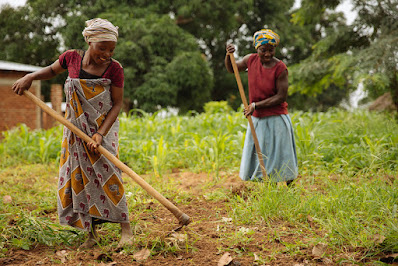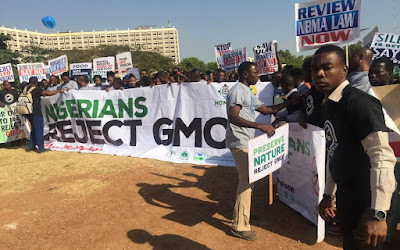Concluding Remarks

Writing this blog in the last few weeks is a very interesting journey that I certainly learn a lot from. I explore several topics about water and food security in Africa, which I was interested before in but didn't get chances to dig into. Inspired by Binyavanga's article, I wrote against the oversimplification of African water issues by reflecting the existing and future complicated surface water resource situations across the continent. Then I discuss three potential solutions towards the water and food insecurity from different perspectives. Different types of water storage systems, particularly small-scale and naturally-formed ones, are able to ease seasonal water imbalance, while virtual water trade could spatially reallocate water resources from an economic pathway. Once associated suspicions are dispelled, GMO methods can enhance the efficiency of agricultural water usage. In principle, these are all innovative approaches to water and food challenges, but as the Tanzan...
